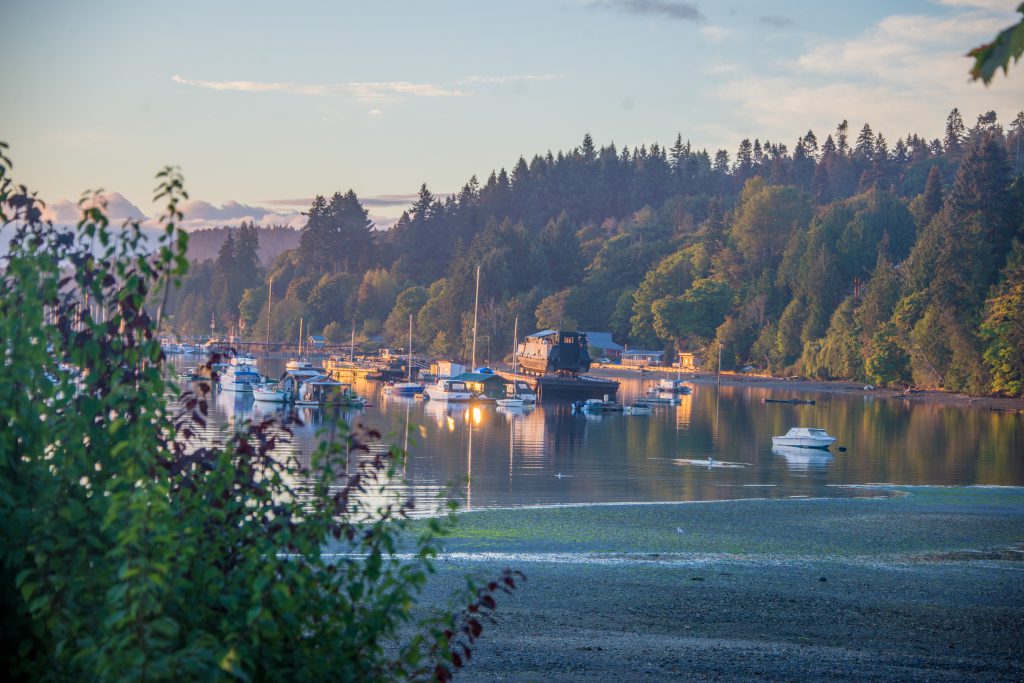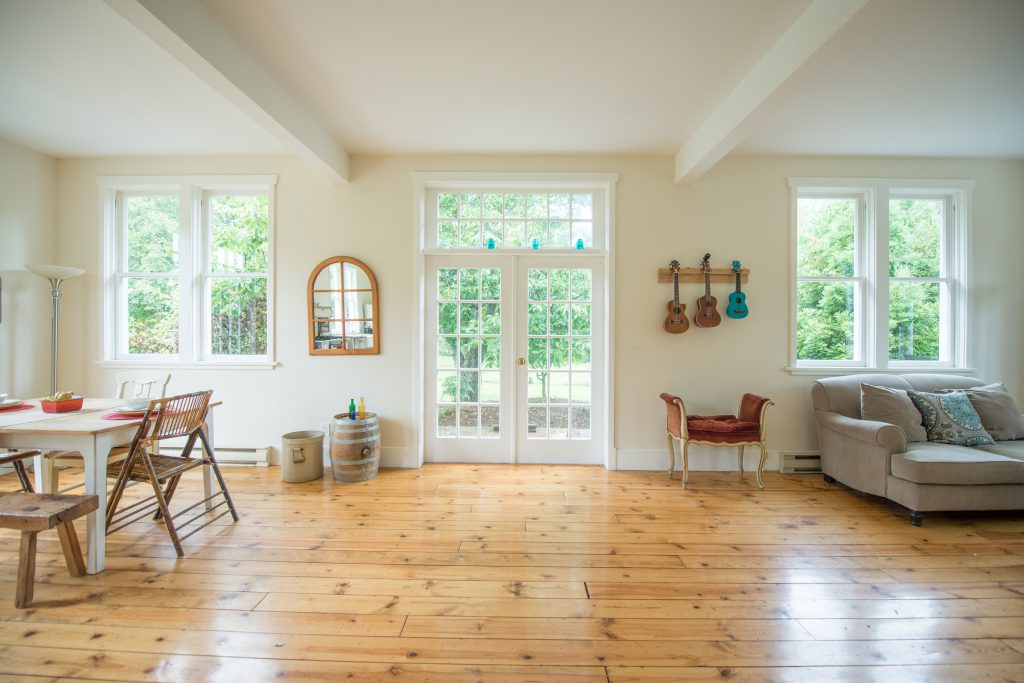A Market Surge & A Different Buyer
Markets, markets…never at equilibrium…driven by unforeseen events. The Black Swan image.
After an 8 year downturn in our secondary home market coastal region, a resurgence in sales volume finally took place in entry level residential options, between early March and late July.

Salt Spring Island
The buyers, however, were not the traditional purchasers for Gulf Islands properties.
For some substantial time, Alberta and the U.S. had been the main buyers on Salt Spring and the Gulf Islands. In the heart of some of the best protected boating waters in the world, and with a temperate climate, these Islands did appeal to boaters.
The driver of the activity between March and July was very different…almost all sales were to people from Vancouver who had sold to offshore buyers and were thus seeking new places & new lifestyles.
In late June, & into July, a very few upper tier priced residential properties began to sell…some had been listed an appreciable time & had reduced in price point over that time.
A buyer’s market simply means lots of inventory and no buyers. A seller’s market means lots of buyers and little inventory. Again, most of these new higher end residential purchasers were from Vancouver.
Affordable housing, whether rental or purchase opportunities, is a serious issue everywhere. Vancouver’s affordability lack is not just a Vancouver issue. This is also a problem on Salt Spring Island.
The 15% purchase tax in Metro Vancouver, for offshore buyers, may have been brought in by the provincial government to address affordability concerns/criticisms, but there were unexpected consequences to the immediate faltering of Vancouver’s “hot market”.
Salt Spring, A Recipient Marketplace & the Vancouver Tax
Salt Spring, like all secondary home/recreational regions, is a recipient marketplace. Buyers often start as visitors…they fall in love with the Island, call a realtor, and then everyone else gets busy (trades, restaurants, shops, etc).
If real estate purchases falter, then the community as a whole suffers attrition. Shop Local is a serious community item.
The Vancouver buyers planned to live in the areas they were choosing for relocation…including on Salt Spring.
In creating a tax, from outside a market pattern, with little warning, the government created trickle down outcomes for all recipient / by choice markets…it resulted in a pause in activity.
On Salt Spring, most sales had been below 750,000, with latterly a smattering between one & four million. The Vancouver buyers wanted step-in ready residential, were mainly buying down and putting money in the bank…they were seeking new lifestyles. The Vancouver tax immediately halted new activity in other regions.
Change does often momentarily stop action. It has to be digested. The Vancouver buyer profile has stopped for the moment, and that has created a pause in Salt Spring Island and Gulf Islands real estate outcomes. Will the rhythm return?
People do digest change. The unknown? The speed of digestion.
Where is Inventory going in to the Fall 2016?
What we do know, entering October: inventory remains very thin. Prices stabilized between March and July. In a few cases, post-tax and possibly reacting to the sudden pause in action, some realtors locally have reduced prices (by as much as 100,000). Is this too fast a response to the tax pause? Although the hot market in Vancouver has cooled, prices there have not come down.
As we enter October, we also know that Salt Spring has recovered its tourist/visitor experience vibe. A successful visitor encounter often leads to a real estate outcome. Will we start to see the return of our more traditional and often seasonal buyers?
A recovery in a secondary home/recreational market is never quick. A choice to purchase on a Gulf Island is not a fast decision either.
Buyers are from elsewhere, they respond to promotional marketing, they turn up, they view, they decide to buy…but not usually on the same trip. Very often, it takes two to three visits for that purchase connection to take place. A buyer also has to choose “for” Salt Spring or another Gulf Island…then they will choose a property. It’s always a two-step dance, regardless of market trend in play.
At the end of September, the sales stats are as follows:
- 26 sales up to 200,000.
- 32 sales between 200,000 & 300,000.
- 49 sales between 300,000 and 400,000.
- 51 sales between 400 and 500,000.
- 46 sales between 500,000 & 600,000.
- 29 sales between 600 and 700,000.
- 12 sales between 700 and 800,000.
- 10 sales between 800,000 and 900,000.
- 7 sales between 900,000 & one million.
- 17 sales between one and two million.
- 3 sales between 2 and 3 million.
- 2 sales between 3 and 4 million.
- 1 sale at 4 million even.
The sales over one million were mainly waterfronts.
I do this “market thoughts” report at the beginning of a month. As things progress/change throughout that month, I update via my blog.
In change, lies opportunity. There are always good options out there for a buyer, regardless of market trend in play. I look forward to helping buyers to connect with sellers on Salt Spring Island and the Gulf Islands.









